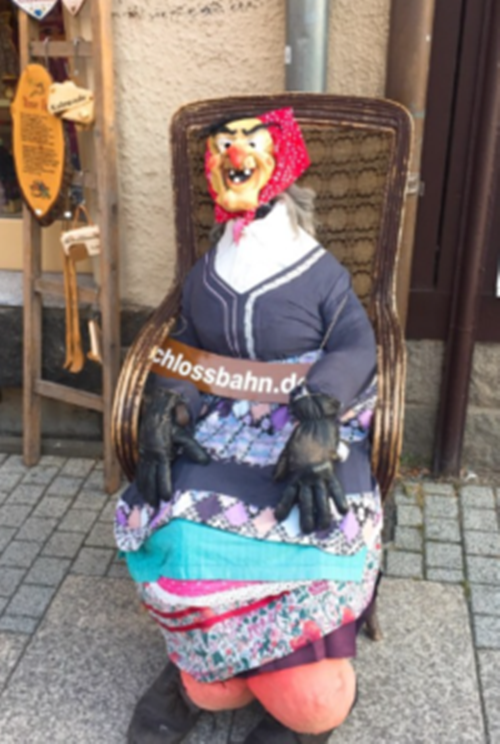Walpurgis Night in Germany
I will write about the traditional German festival Walpurgis Night. This is a spring folk festival that runs from the night of April 30th to May 1st. It can be called the German version of the Halloween festival, where a fire is burned in the meaning of burning a witch, and there is a festival to enjoy eating and drinking around it.
historical meaning
May 1st is the day Pope Hadrian II created the Christian Saint Balbourg, and in the Middle Ages, it was a celebration. The name Walburga and the eve are the etymology of the word “Walpurgis Night.” Saint Val Burga is the daughter of the Count of Sewessik. She was the Abbot of Heidenheim, and it is said that she understood German customs well and knew how to apply them.

Walpurgis Night in Germany
Also called Hexennacht. It is a folk festival of spring from the night of April 30th to May 1st passed down from Germany and northern Europe, and in simple terms, it can be called the German version of Halloween. The time difference between these two feast days is only six months. Each person dresses up as a witch and a devil and spends all day playing. And at night, they light a fire, drink alcohol, play louder, and play all night long. It’s okay because the next day is the Labor Day holiday. At midnight on April 30th, there is often a fireworks display. In Germany, the Czech Republic, and Northern Europe, there are also festivals where people eat, drink and enjoy in the vicinity of burning wood fires as a symbol of burning witches.
If you visit Goslar, Wernigerode, and Quedlinburg on April 30th, you can have fun with people in bizarre costumes. The city has amusement facilities, performances, and food and drinks sales. It’s not very different from Bangsi, where you can enjoy folk festivals in Germany. Still, the atmosphere is quite different because of the crucial difference between a witch and a devil are added to it.
According to legend, on this night, witches from Europe gather on Mount Brocken, the highest peak of the Harz Mountains, to meet with the devil. Legend has it that it was a very promiscuous night’s party. So people made fires and loud noises at night to ward off witches and demons. People widely knew Walpurgis Night by Goethe’s Faust. In Faust, the episode where the devil Mephisto brings Dr. Faust to Walpurgis Night plays an important role.